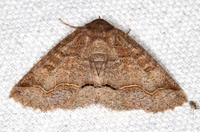
| Recorded by: Jim Petranka on 2025-04-26
Madison Co.
Comment: | 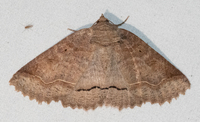
| Recorded by: Emily Stanley on 2025-04-22
Buncombe Co.
Comment: |
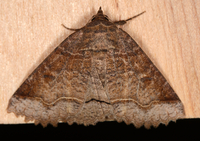
| Recorded by: Jim Petranka and Becky Elkin on 2025-04-04
Madison Co.
Comment: | 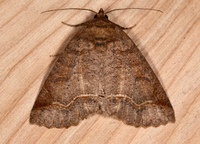
| Recorded by: Jim Petranka, Mark Basinger and Becky Elkin on 2024-05-16
Buncombe Co.
Comment: |

| Recorded by: Jeff Niznik on 2024-05-14
Madison Co.
Comment: | 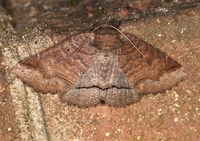
| Recorded by: Jim Petranka on 2024-04-25
Madison Co.
Comment: |
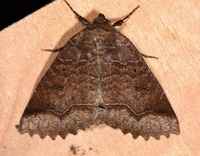
| Recorded by: Jim Petranka and Becky Elkin on 2024-04-16
Buncombe Co.
Comment: | 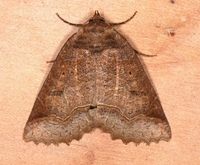
| Recorded by: Jim Petranka and Becky Elkin on 2024-04-16
Buncombe Co.
Comment: |
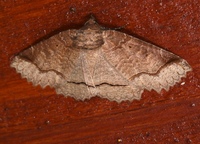
| Recorded by: Jim Petranka on 2024-04-14
Madison Co.
Comment: | 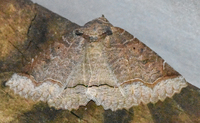
| Recorded by: Emily Stanley on 2024-04-03
Buncombe Co.
Comment: |

| Recorded by: K. Bischof on 2023-05-07
Transylvania Co.
Comment: | 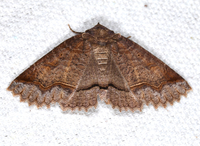
| Recorded by: Jim Petranka on 2023-04-29
Madison Co.
Comment: |
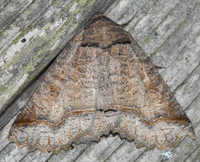
| Recorded by: Emily L Stanley on 2023-04-29
Yancey Co.
Comment: | 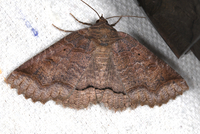
| Recorded by: Jim Petranka on 2023-04-20
Madison Co.
Comment: |
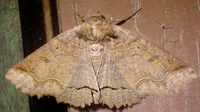
| Recorded by: tom ward on 2022-05-03
Buncombe Co.
Comment: | 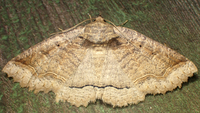
| Recorded by: tom ward on 2022-04-26
Buncombe Co.
Comment: |
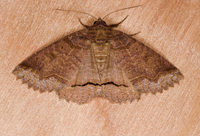
| Recorded by: Jim Petranka on 2021-04-10
Madison Co.
Comment: | 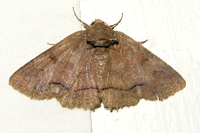
| Recorded by: Owen McConnell on 2020-06-03
Durham Co.
Comment: |
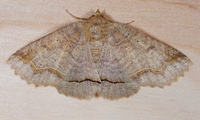
| Recorded by: Jim Petranka and Becky Elkin on 2020-05-23
Madison Co.
Comment: | 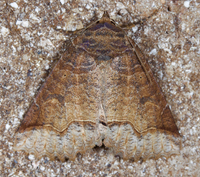
| Recorded by: Jim Petranka and Becky Elkin on 2019-04-23
Madison Co.
Comment: |
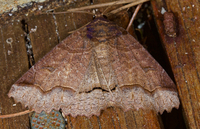
| Recorded by: Jim Petranka and Becky Elkin on 2019-04-04
Madison Co.
Comment: | 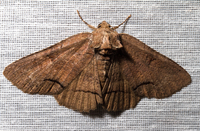
| Recorded by: Stephen Hall on 2018-06-01
Orange Co.
Comment: |
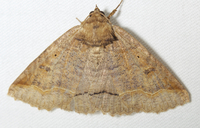
| Recorded by: Jim Petranka and Becky Elkin on 2018-05-11
Madison Co.
Comment: | 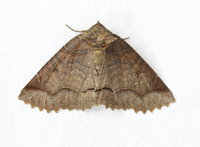
| Recorded by: Jim Petranka and Becky Elkin on 2018-04-14
Madison Co.
Comment: |
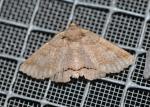
| Recorded by: K. Bischof on 2015-05-13
McDowell Co.
Comment: | 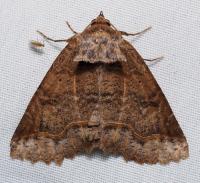
| Recorded by: J. Merrill Lynch on 2015-05-09
Watauga Co.
Comment: |

| Recorded by: T. Nergart on 2015-04-15
Transylvania Co.
Comment: | 
| Recorded by: Steve Hall on 2015-04-08
Orange Co.
Comment: |
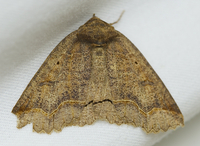
| Recorded by: Jim Petranka and Becky Elkin on 2014-05-20
Madison Co.
Comment: | 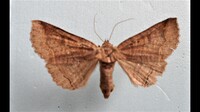
| Recorded by: Darryl Willis on 2013-05-08
Cabarrus Co.
Comment: |
|

 »
»

 »
»